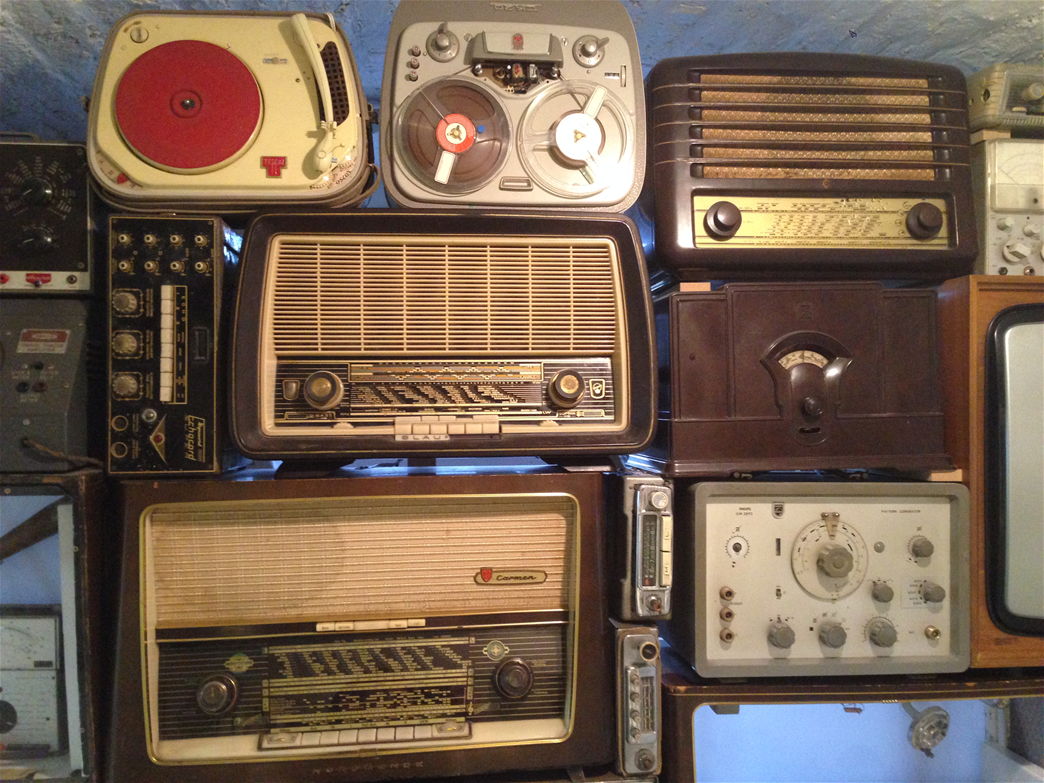Transistors appeared in our electronic devices in two waves. First, the component was built into portable radios and car radios from 1955 onwards. The transistor had many advantages over the previously used tubes, which were often still installed in parallel. It was smaller, lived longer, was less sensitive to shocks, lighter, and needed less current. The second wave of ‘transistorisation’, in the first half of the 1960s, all but replaced tubes, and contributed to miniaturisation in almost every device.
From now on, music and radio stations were no longer tied to a rather large, immovable device. The new mobility of the receiver turned music into a form of expression. Until then, young people in the Eifel met mainly in youth groups, often organised by the church, or in the village at so-called ‘Eselsmärkte’ (donkey markets, i.e. spontaneous meeting places). From the 1960s on, ‘portable music’ was also sometimes included. At first, however, this was rather sporadic: the batteries for the devices were expensive and not very enduring. This was also the way rock’n’roll slowly found its way into everyday life. Music became part of youth culture via transistor radio.
The transistor also changed the way we listen. Since music was now available everywhere, it was no longer necessary to listen to it in a closed room. Radio sound could quickly become background noise. The example of the Hubertusmarkt in Amel in 1960 shows how popular the new, small radios were also with us. Four main prizes were awarded in the annual raffle: ‘1 breeding cow, 1 moped, 1 fat pig, 1 portable radio’ (1).
This example shows how technical progress had a profound influence on culture and everyday life. The transistor was the first step towards miniaturising technology. However, it was soon superseded by semiconductors, which became part of microsystems technology around 1985. From the 1990s onwards, mass-produced devices could be steadily made even smaller.
Vitus Sproten
(1): Cf. „Hl. Hubertusfest und Markt in Amel“, in Sankt Vither Zeitung, 29 October 1960, S. 3. Available online at http://arch93.arch.be:8180/531_Zeitungen/
Further Reading:
Andreas Fickers, Der „Transistor“ als technisches und kulturelles Phänomen: die Transistorisierung der Radio- und Fernsehempfänger in der deutschen Rundfunkindustrie 1955 bis 1965, Bassum 1998 (Aachener Beiträge zur Wissenschafts- und Technikgeschichte des 20. Jahrhunderts, vol. 1).

